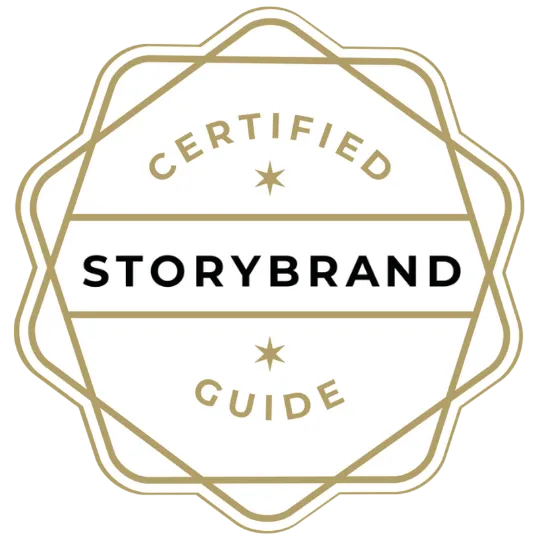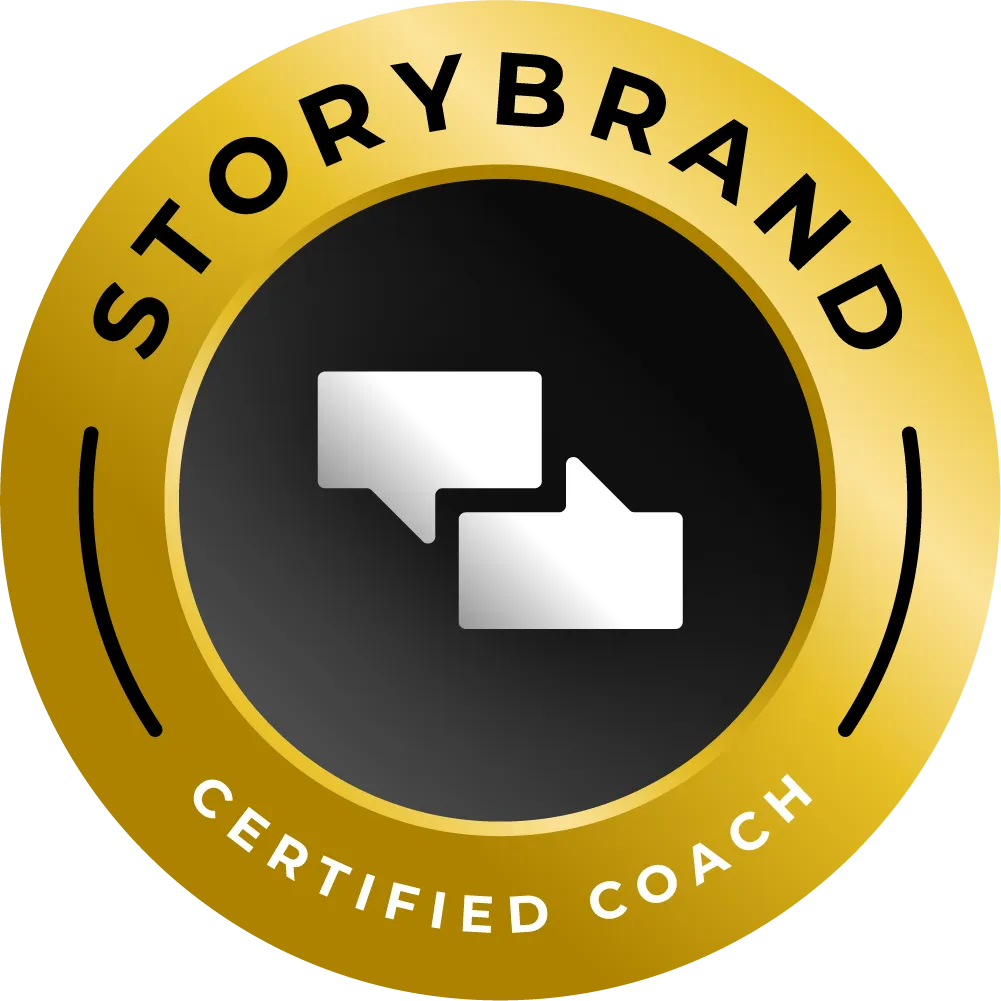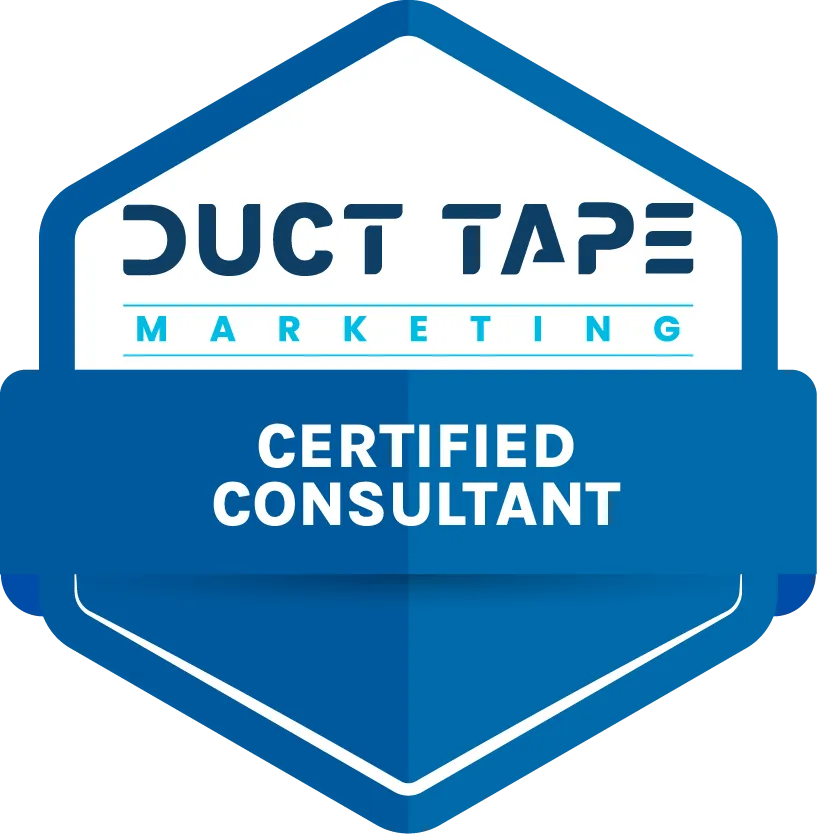STORY, MEET STRATEGY
Let’s make marketing feel less robotic and more real.
Find resources that bring your message—and your business—to life.

Brand Strategy Framework on One Page? Here’s How with Duct Tape Marketing
By Vicky Sidler | Published 20 October 2025 at 12:00 GMT+2
Imagine trying to fit your whole marketing strategy on one page. Not the back of a napkin, not a PowerPoint deck with 78 slides, but an actual, useful one-page snapshot you can stick on your wall and still understand after three cups of coffee.
That’s what John Jantsch has created. In a recent episode of the Duct Tape Marketing Podcast, he broke down a framework that took him 15 years to perfect. It’s called the Duct Tape Marketing Snapshot, and it covers everything you need: brand strategy, growth strategy, and customer strategy.
It’s tidy. It’s practical. And it makes most marketing plans look like overcooked spaghetti.
Let’s break it down.
TL;DR:
The Snapshot condenses your entire marketing strategy onto one page
It focuses on three core parts: brand, growth, and customer strategy
You’ll define things like your mission, your ideal client, how you capture leads, and how you keep customers
The goal is to stay clear, consistent, and profitable
👉 Need help getting your message right? Download the 5-Minute Marketing Fix
Table of Contents:
Brand Strategy Framework on One Page? Here’s How with Duct Tape Marketing
Why Most Strategies Get Lost in a Drawer:
Step One—Nail the Brand Strategy:
Step Two—Build a Real Growth Strategy:
Step Three—Map the Customer Strategy:
Why I Recommend the Snapshot (and Use It):
1. Build Brand Loyalty Without the Noise
2. AI Marketing Trust Gap Widens as Consumers Push Back
3. StoryBrand Guide Name Is Back—and Here's Why It Matters
4. Loyalty Marketing Tips From SA's Top Rewards Experts
5. Ipsos CX Global Insights 2025—Grow Loyalty Like a Garden
FAQs About the One-Page Brand Strategy Framework
1. What is the Duct Tape Marketing Snapshot?
2. Why should I use a one-page strategy instead of a full marketing plan?
3. What’s included in the brand strategy section?
4. What’s the difference between growth strategy and customer strategy?
5. Is this the same as a StoryBrand BrandScript?
6. How do I know if my core message is working?
Why Most Strategies Get Lost in a Drawer:
John’s beef with traditional marketing plans is simple. They’re too long, too vague, and too easy to forget. Most business owners build a 40-page document, then promptly ignore it.
This one-page approach works because you’ll actually use it. You can glance at it before a pitch, share it with your team, or use it to gut-check a shiny new marketing idea.
And it’s built to follow how your customers actually behave.
Step One—Nail the Brand Strategy:
Start with who you are and who you serve. Your brand strategy needs to cover:
Your mission, vision, and values
Your brand personality (yes, even if your brand is just you in sweatpants)
Your ideal client—not just demographics, but how they think and what they need
Your core message, which should explain how you solve your customer’s biggest problem
Your primary marketing channels—which is where your message will live
The brand strategy section forces clarity. If you can’t name who you serve and what you stand for, the rest of your plan will wobble like a dodgy table leg.
Step Two—Build a Real Growth Strategy:
Here’s where most small businesses get stuck. You’ve got a good service. You’ve got a decent website. But leads? Not so much.
This section covers:
Awareness: how people discover you
Lead capture: how you collect names and emails
Lead nurture: how you build trust and move them toward buying
A brand love plan: how you turn customers into raving fans
Lead conversion: how you close the deal
John also talks about trust. And he’s right. In a world where everyone is pushing AI generated slop out into their feeds, trust is the quiet advantage that wins.
One thing I tell my clients (and I mean this with love): If your audience doesn’t trust you, they won’t even open your email, never mind click your offer.
Step Three—Map the Customer Strategy:
You’ve closed the sale. Great. But what now?
The last section focuses on what happens after someone buys, and this is the easiest part for small businesses to forget about:
Onboarding: setting up a strong first experience
Customer experience: staying consistent and responsive
Retention: getting them to come back
Expansion: offering more value
Referrals: getting them to bring their friends
Partner referrals: working with other businesses who serve the same clients
This is where your profit lives. Most small businesses are sitting on hidden revenue because they don’t have systems for referrals or retention. It’s not about squeezing more from customers. It’s about serving them better and earning their loyalty.
Why I Recommend the Snapshot (and Use It):
I am a Duct Tape Marketing strategist myself, and I use the same format in my StoryBrand and Duct Tape Marketing sessions. Because simple frameworks work.
The beauty of this one is that it’s not theory. It’s a checklist. A roadmap. A mirror.
If you want to stop guessing, start here. It’ll help you see where your message is weak, where your customer journey leaks trust, and where your growth plan depends a bit too much on “vibes.”
And if you’re not sure what your message should be?
Get my 5-Minute Marketing Fix. It’s a free tool that helps you write one sentence that makes your business clearer, faster.
One page. One line. That’s where strategy starts.
Related Articles:
1. Build Brand Loyalty Without the Noise
If your customer strategy section felt a bit too high-level, this one zooms in with real-life ways to build loyalty, trust, and connection—without adding noise or fluff.
2. AI Marketing Trust Gap Widens as Consumers Push Back
Your growth strategy relies on trust. This article shows how fast that trust can vanish when tech replaces clarity, and why your framework’s human-first approach matters more than ever.
3. StoryBrand Guide Name Is Back—and Here's Why It Matters
Your core message is only as strong as its foundation. This article explains why the StoryBrand method pairs so well with the Snapshot framework, especially when your brand message needs to cut through the clutter.
4. Loyalty Marketing Tips From SA's Top Rewards Experts
If you want to put your customer retention and referral plans into action, this piece gives you clear, tactical ways to do it with email and loyalty tools that don’t require a marketing degree.
5. Ipsos CX Global Insights 2025—Grow Loyalty Like a Garden
This deep dive into customer experience data explains what actually drives repeat business—and how the emotional side of CX feeds directly into your one-page strategy’s success.
FAQs About the One-Page Brand Strategy Framework
1. What is the Duct Tape Marketing Snapshot?
It’s a one-page marketing strategy framework created by John Jantsch. It helps small businesses organize their brand, growth, and customer strategy in one simple, actionable document.
2. Why should I use a one-page strategy instead of a full marketing plan?
Because you’ll actually use it. Long plans often get ignored. This one keeps you focused, saves time, and makes it easier to communicate your strategy with others.
3. What’s included in the brand strategy section?
Your mission, values, brand personality, core message, ideal client profile, and the primary channels you’ll use to build awareness and trust.
4. What’s the difference between growth strategy and customer strategy?
Growth strategy covers how you attract, nurture, and convert leads. Customer strategy covers everything after the sale—onboarding, retention, expansion, and referrals.
5. Is this the same as a StoryBrand BrandScript?
Not quite. The Snapshot complements StoryBrand by giving you a structure for how your message fits into your broader marketing system. It’s the strategic “where and how” to StoryBrand’s “what and why.”
6. How do I know if my core message is working?
If your ideal clients hear it and say, “That’s exactly what I need,” it’s working. If they look confused, scroll past, or ask what you actually do, it’s not clear enough.
7. What should I do after I fill out the Snapshot?
Use it to guide all your marketing decisions—from website copy to email campaigns to sales conversations. And keep it visible. This isn’t a file for the bottom drawer.
8. Where can I get help creating my core message?
Start with the5-Minute Marketing Fix. It’s a free tool that helps you write one sentence that explains your business clearly and builds trust fast.
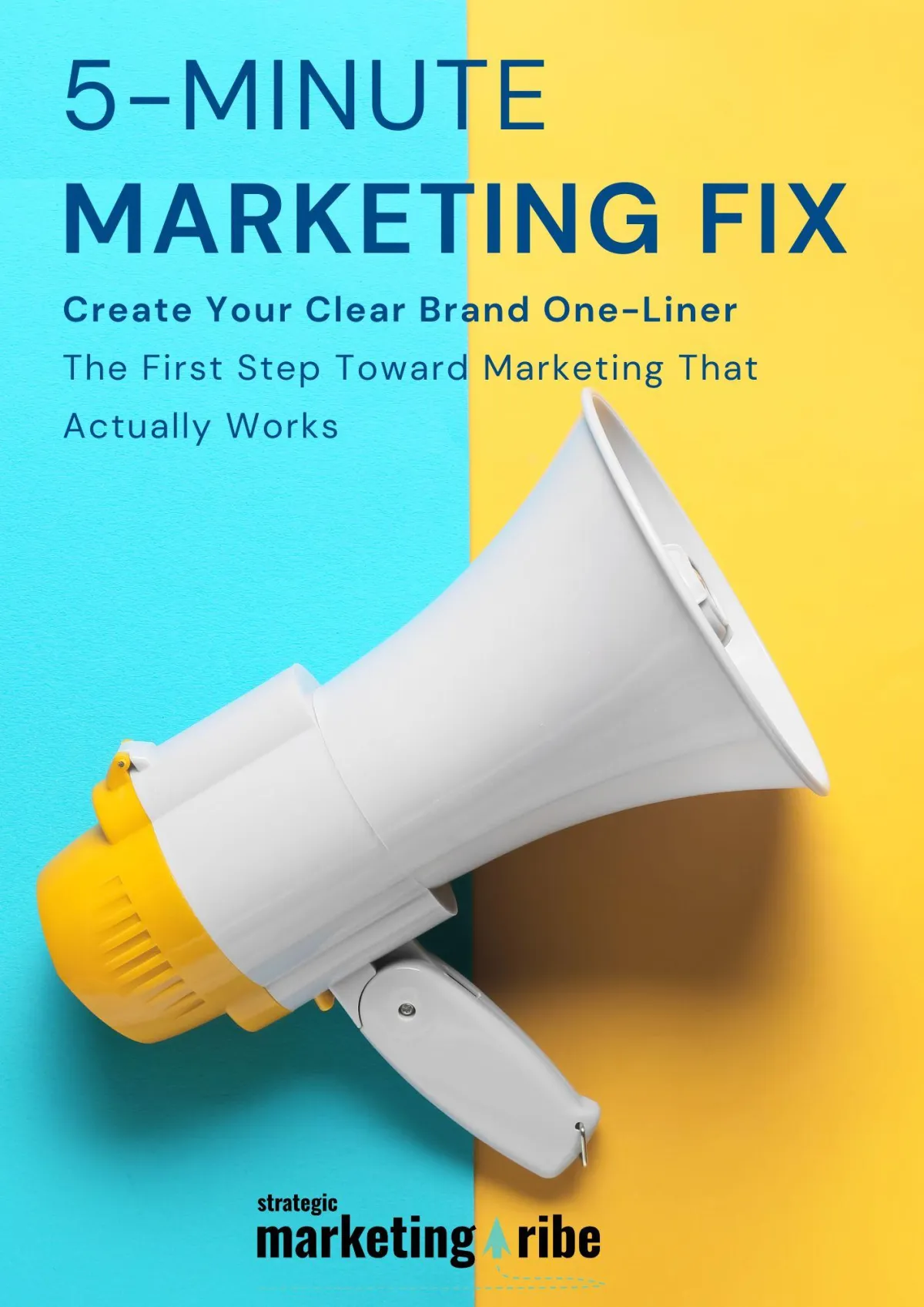
Created with clarity (and coffee)
